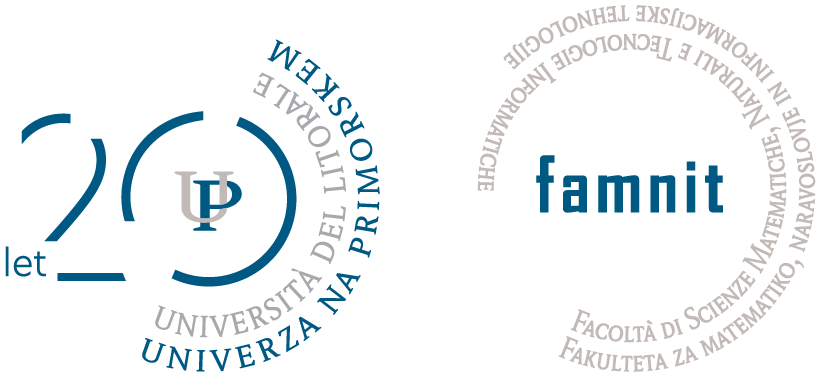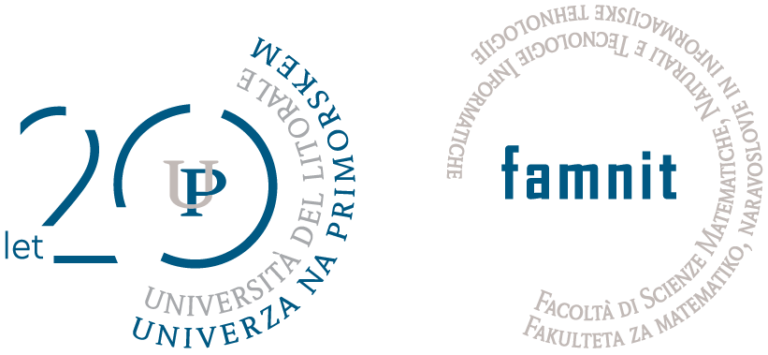Tokrat izjemoma v četrtek, 30. maja 2019, bo ob 10.30 v prostorih Fakultete za matematiko, naravoslovje in informacijske tehnologije Univerze na Primorskem (Glagoljaška 8, Koper) predavanje v okviru PONEDELJKOVEGA SEMINARJA RAČUNALNIŠTVA IN INFORMATIKE Oddelkov za Informacijske znanosti in tehnologije UP FAMNIT in UP IAM.
ČAS in PROSTOR: četrtek, 30. maj 2019 ob 10.30 v FAMNIT-MP4
—————————————————————————————————————
PREDAVATELJICA: Maheshya WEERASINGHE
Maheshya Weerasinghe, First-year Computer Science PhD student, FAMNIT, University of Primorska and University of St. Andrews, UK. Research interests: Human-Computer Interaction, Learning, and Knowledge Retention.
—————————————————————————————————————–
NASLOV: Immersive Virtual Reality Experiences
The first step in immersive VR research is creating a virtual world. VR environment design and functionality varies a lot depending on the project type and what we want to achieve. If we’re planning a browsing study looking at visual strategies, it would be sufficient to create 360-degree content with the stimuli. If we want to learn how users interact with the stimuli and navigate within the scenario, then 3D environments are more suitable. They allow more flexibility and control over the environment, which enables to create any type of situation and alternatives. At the same time, novel technologies such as eye tracking can be incorporated with VR environments to achieve several additional goals. Eye tracking in VR reveals what is behind an individual’s subconscious reactions and behaviors when interacting with objects and environments, all while leveraging the full control and flexibility of virtual worlds. When working with eye tracking in VR, we are able to leverage the benefits of both technologies. VR allows us to create any type of simulated environment, where visual stimuli and scenarios can be quickly switched or easily repeated, while eye tracking gives you insights into where the participant’s visual attention is at each moment of the experience and what visual elements trigger certain responses and behaviors. Eye tracking can also enhance VR experiences. By enabling more natural interactions through gaze, eye tracking contributes to more immersive and user-friendly experiences in VR.
——————————————————————————————————————
Predavanje bo v angleškem jeziku.


